Back to Where It All Began: Twilight: 2000‘s Return to Europe Campaign
Twilight 2000: Return to Warsaw (GDW, 1989)
Twilight: 2000, GDW’s mid 1980s post-apocalyptic roleplaying game, started out in Europe. The players, part of the US Army’s 5th Division, hear their commander’s last, chilling words: “You’re on your own. Good luck.” Trapped in Poland and far away from friendly lines, the players are presumed to want to return to the United States, where they believe conditions may be better.
The major powers in the conflict portrayed in Twilight: 2000 inched across nuclear apocalypse, and amongst the ruins of devastated cities, blasted landscapes, and radioactive craters, the players encounter groups of armed thugs, petty warlords, families struggling to survive, disease, and a host of other ills. But always a drip of hope.
While The Last Submarine trilogy, returned the players to Europe through a series of adventures in the nuclear-powered submarine, The City of Corpus Christi, the ending left an opening for the players to return to the US via the submarine or were left in the chilly north of Norway. The Return to Europe trilogy brings the players back to Poland with a side trip to the Ukraine, re-encountering NPCs from the earlier Polish campaign.
Return to Warsaw sees the players back in the devastated city. The challenges of re-introducing players into this adventure could be high. If the players never left Poland, then some of the expected things that happened in Warsaw, Silesia, and Krakow may need to be altered to fit the campaign. Alternatively, if they returned to the US and played through any number of adventures there, the timeline in Return to Europe may not be particularly applicable, requiring a bit of adjustment. As written, the adventures take place in 2001.
And, of course, the original player’s characters may not have survived or decided to find a shack and a small field to plow as they fend off marauders.
The villain of The Pirates of Vistula and Ruins of Warsaw (the part of the earlier Polish campaign), Baron Czarny, is making one last attempt to capture Warsaw for his power base. After failing (perhaps with the help of the players) in 2000, Czarny is regrouping and making a new effort. However, he lacks the howitzer and chemical rounds that were so fearsome in the previous battle. Unfortunately for the surviving citizens of Warsaw, they were unable to unite after defeating the Baron and fell to living under various factions.
The hero (outside the players) of Ruins of Warsaw, Filip Kizysztof, still leads the Sielce community in Warsaw, and is attempting to reunite the citizens to fight off the Baron. Another major faction in Ruins of Warsaw has seen a reversal of its fortunes. The Soviet 10th Guards Tank Division has fractured with the death of their commander, Koronev. Koronev’s intent had been to move south to Yugoslavia to join American forces there. In the wake of his death, a portion of the division has begun that journey. However, another faction decided to return to Russia and yet another to Lublin to reunite with the Soviet Army. The 10th Guards were the primary bulwark against the Baron, further signaling to him that now is the time to strike.
The Baron remains a cruel leader. His earlier failure to capture Warsaw undermined his power amongst his troops, many of whom left. He is weaker than in the previous contest, but he can still bite. He also understands that his defeat was driven in no small part because Kizysztof had united a number of factions to resist. In an effort to prevent future reunification, the Baron has hired a former spetsnaz offer, Ilarion Fedorenko. Fedorenko’s job is to kidnap relatives of potential opposing factions to prevent them from reuniting with Kizysztof. Alternatively, the former spetsnaz is to assassinate the opposition — including Kizysztof.
This paints an overall picture of the setting the players find themselves in. As typical, the players will not be able to accomplish everything that Filip or them might want to before the Baron strikes. When will the Baron strike? The players do not know but the game master (GM) has a countdown — 12 days before the attack. This forces the players to make choices.
- Will they pursue the remnants of the 10th Guards marching to Yugoslavia?
- Will they rescue the children of Ludwik Starsinki’s two sons in an effort to free Starsinki and his community to unit with Kizysztof?
- Will they reconnoiter the area in an attempt to discover the Baron’s HQ and direction of movement?
- Will they attempt to sabotage the Baron’s supplies or ability to march?
- Will they attempt to enlist the aid of other communities?
- Will they assist in training the ragtag group of citizens to defend their home and build up Warsaw’s defenses?
The players will be able to accomplish a number of these goals, but not all, so the decisions they make are meaningful. The Baron will march, and all they can do is prepare the city as best they can.
The adventure includes a lot of repeated background information found in the earlier Polish campaign for GMs who do not have those adventures, though the information is updated to include the changes the various factions, advancement of time, and worsening conditions as the people struggle to grow enough food to feed themselves.
For the final conflict, the adventure does presume the use of GDW’s The Last Battle, which styles itself:
Complete Man-to-Man, Tank-to-Tank Boardgame for Battles in World War III.
Twilight 2000: Last Battle board game (GDW, 1989). Front and back shown
This is an alternative to the mass combat rules found in Ruins of Warsaw. The Last Battle fits into one of GDW’s (the original publisher of Twilight: 2000 and Traveller) strengths as producers hex-based, token war gaming (many based on World War II battles). That said, to resolve the Baron’s attack on Warsaw, a GM can use the mass combat rules from Ruins of Warsaw, though with some modifications.
Bear’s Den is the second adventure in the trilogy and finds the players engaging in events in around Lvov in the Ukraine. The set up is quite intriguing and appropriately complex. The Red Bear, General Anton Chelkov, stopped taking orders from his Soviet leadership in September 2000. In command of the 13th Army based in the Ukraine, he refused to listen to his Soviet overlords after receiving a SCUD-B missile and launcher. Described as a brilliant tactician, the Red Bear has plans to conquer western Ukraine to set up his own government. Dictatorial, he is nonetheless not cruel and is beloved by his troops — but he can be ruthless. The adventure recommends playing him this way:
The Red Bear must appear bigger than life — like a Patton, a MacArthur, or an Alexander the Great. Be certain to use the rhetoric which will have the most chance of swaying the players’ traditional allegiances.
Meanwhile, the 27th Guards Tank Division defected to NATO in the late summer of 2000. They agreed to march into the Ukraine to take Lvov, set up an independent city, and conduct guerrilla operations against the Soviets. All of this prompted the city of Drogobych to revolt. With significant fuel supplies (at least in a time when refined petrochemical fuel is a hard to obtain resource) and access to operating refineries. Drogobych has sworn to destroy the refineries if necessary to protect its new independence.
Because of the importance of Drogobych, which revolted before the Red Bear’s own revolt, the Soviet’s sent the SCUD to the Red Bear, and did so loudly. They advertised it as mounting a nuclear warhead. In truth… it’s a biological agent. Nasty and a last resort, but likely not as nearly catastrophic as yet another radioactive nuclear crater where a city once stood.
A group of civilians calling themselves the People’s Revolution has organized themselves as anti-Soviet partisans, conducting guerrilla actions in the Ukraine. They’ve since declared their opposition to the Red Bear. Meanwhile, the KGB and CIA continue to have some influence in the region. In fact, the CIA has a deep cover agent who has provided critical information.
This convergence of factions provides many plot points and adventures for characters in the Ukraine. Bear’s Den provides details about the western Ukraine, the towns, the various forces and their makeup, and rumors. Lvov’s Olesko Castle, where the Red Bear has set up his HQ, receives detailed treatment. The depiction of Soviet tanks placed in locations to guard entrances, though they mostly don’t work, adds to the bleakness of this battered world.
The Red Bear has also formed the White Death, an elite force with the ability to strike fast and escape quickly. They are a ski-troop unit, which has particular usage in the Carpathian Mountains. They have battled to slow down the 27th Guards advance into the Ukraine. In fact, they have done so effectively, putting the new NATO unit’s advance in jeopardy. If they break through the pass they’ve been held up at, they can make a run for Drogobych and secure its fuel reserves. The same fuel reserves the Red Bear knows he needs to defend himself against both NATO and the Soviets.
How all of this resolves is up to the players and GM. The SCUD missile is a terrifying weapon. They can eliminate it, and reduce the Red Bear’s options and credibility. Do the players seek to assist the 27th Guards in the mountain passes? Do the players assist the partisans or Drogobych? It’s player’s choice.
White Eagle concludes the Return to Europe campaign. It is fitting that it returns to some of the original stomping grounds for the opening salvos in Twilight: 2000: Silesia and the city of Krakow.
Krakow is an independent city and is much like Casablanca in World War II. Home to numerous covert activities, yet a relative calm in a sea of desperation. Unfortunately, Krakow has suffered since the players last visited (the players likely helped facilitate the fall of the city’s previous leader, Kurtzeba — they may have even used one of the remaining functional helicopters to make good their escape).
Krakow’s problems are several fold. First, the council that runs the town is divided. The former head of the city’s police, Bohusz-Szsyzko is the new mayor, but he lacks the charisma of Kurtzeba, so he has become increasingly despotic to maintain control. Krakow’s success has also undermined its capabilities to fend for itself. An importer of food, it is not self sufficient, but hundreds, thousands of refugees have sought protection and hope from the city. This has put enormous strain on its capabilities to feed its citizens and the refugees.
Meanwhile, Julian Filipowicz, who styled himself markgraf (margrave in English) during the players’ time near Krakow, has crushed the marauder bands plaguing the area and has declared himself King of Silesia. Of course, he has ambitions for taking in more territory. King Filipowicz has also become increasingly despotic.
Among all this, the underdog Wojsko Ludowa, which stands for People’s Army, is nominally led by Father Niekarz, a Jesuit Priest. A motley gathering of hunters and civilians, it lacks power except for possessing the Black Madonna, the icon and revered symbol of Poland the players assisted in recovering the year prior. Simply possessing the icon gives the Wojsko Ludowa leverage in the three-way power struggle. Nonetheless, it is outgunned. The players are likely to find opportunities to assist the Wojsko Ludowa. A few military victories might sway a key faction in Krakow to side with them, perhaps tipping the balance against the king.
As expected, what happens and how the situation evolves is up to player actions, GM response, and the luck of the dice. White Eagle provides tons of detail about the situation and about locations throughout southern Poland and Silesia.
As a final note, the cover style changed for the Return to Europe trilogy, and I’m not as big a fan of it as the previous style. Personally, I preferred the trade dress of the earlier modules.
Our previous coverage of GDW’s Twilight: 2000 includes:
Exploring Post-Apocalyptic Poland in Twilight: 2000
Twilight: 2000 — Roleplaying in a Post-Nuclear Holocaust World
Twilight: 2000‘s Polish Campaign, Part I
Twilight: 2000‘s Polish Campaign, Part II
Twilight: 2000‘s Polish Campaign: Part III
Going Home Isn’t All it’s Cracked Up to Be: Twilight: 2000’s American Campaign, Part I
From the Mountains to the Oceans: Twilight 2000‘s American Campaign, Part II
Reckoning: Twilight: 2000‘s American Campaign, Part III
Cruising in a Submarine: Twilight: 2000‘s The Last Submarine Campaign
Patrick Kanouse encountered Traveller and Star Frontiers in the early 1980s, which he then subjected his brother to many games of. Outside of RPGs, he is a fiction writer, avid tabletop roleplaying game master, and new convert to war gaming. His last post for Black Gate was Cruising in a Submarine: Twilight: 2000’s The Last Submarine Campaign. You can follow him and his brother at Two Brothers Gaming as they play any number of RPGs. Twitter: @twobrothersgam8. Facebook: Two Brothers Gaming.
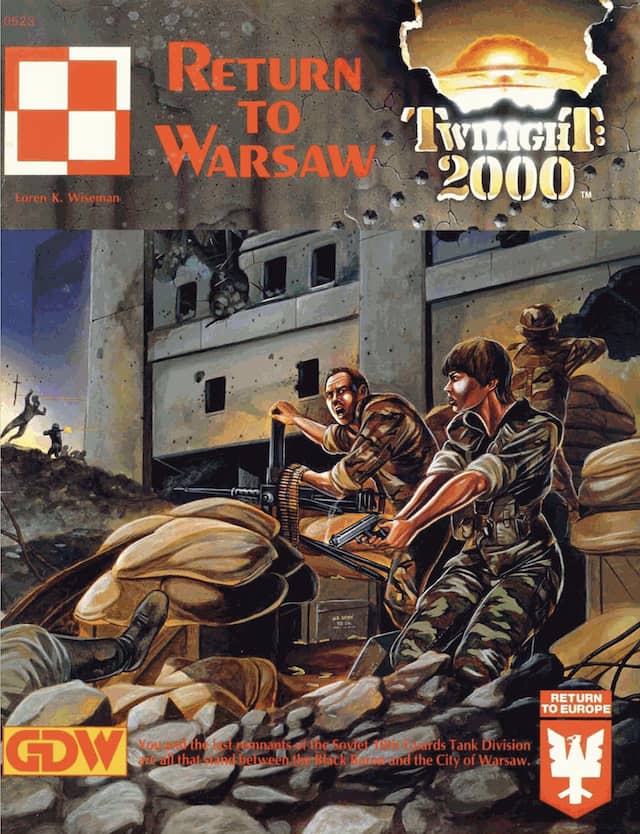
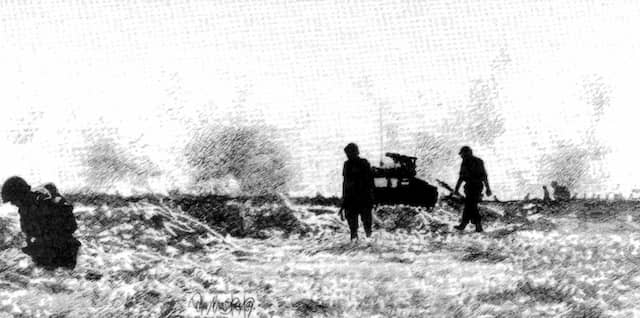
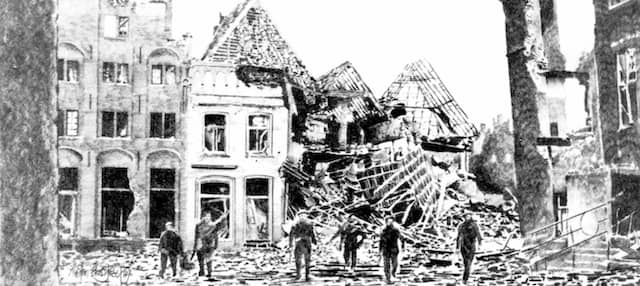
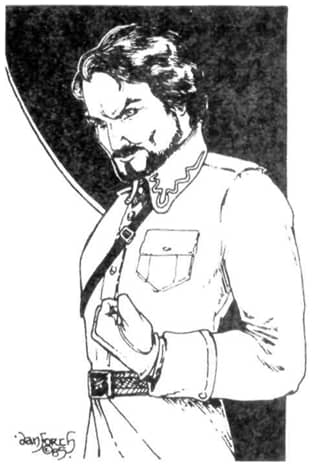
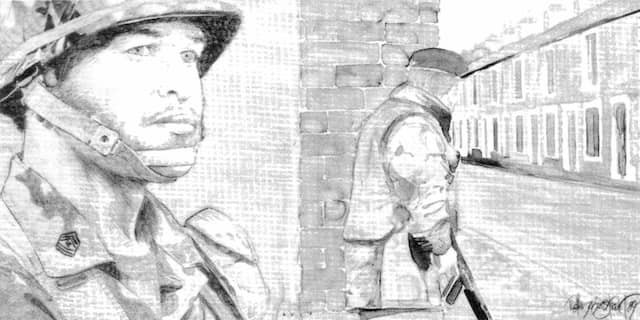
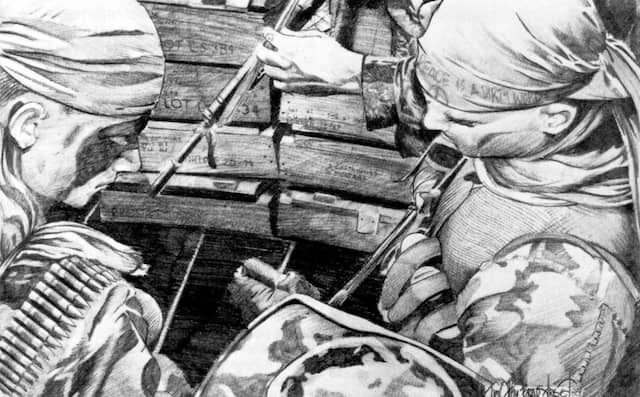
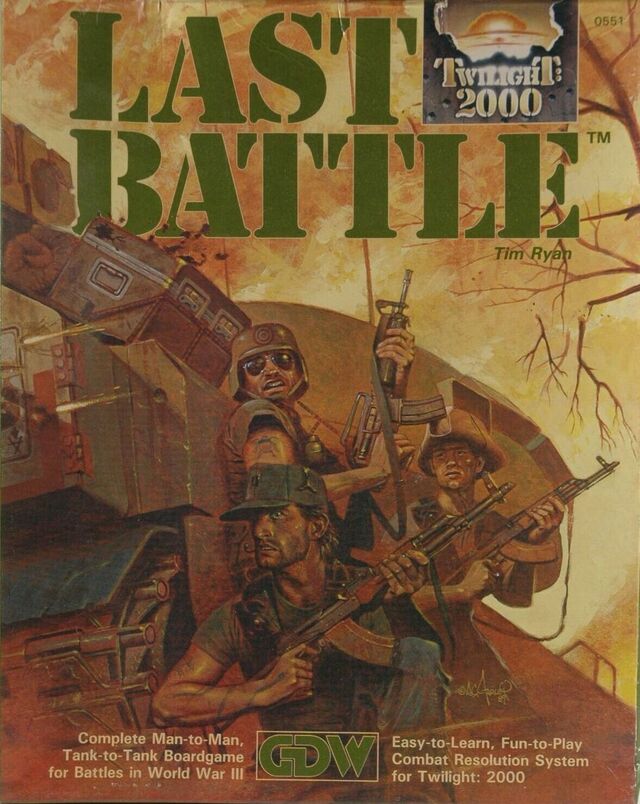
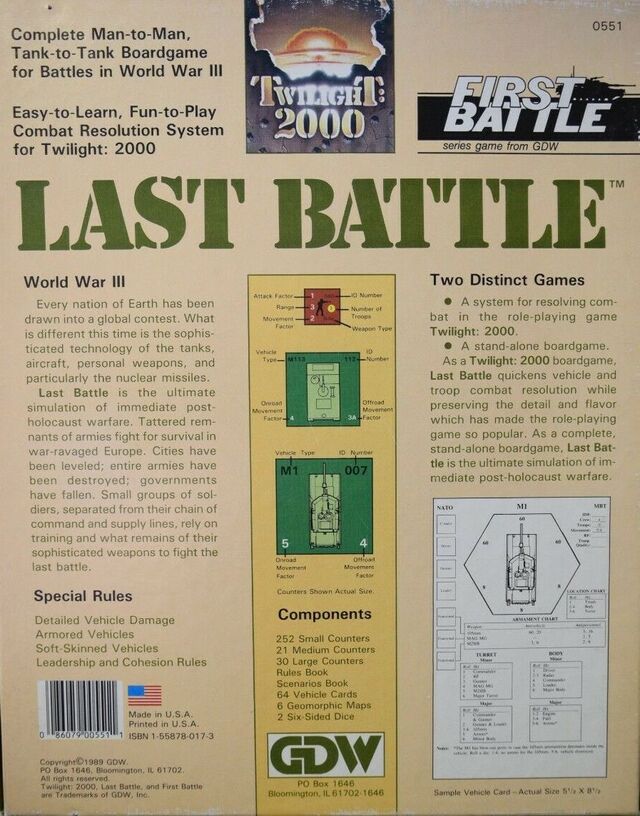
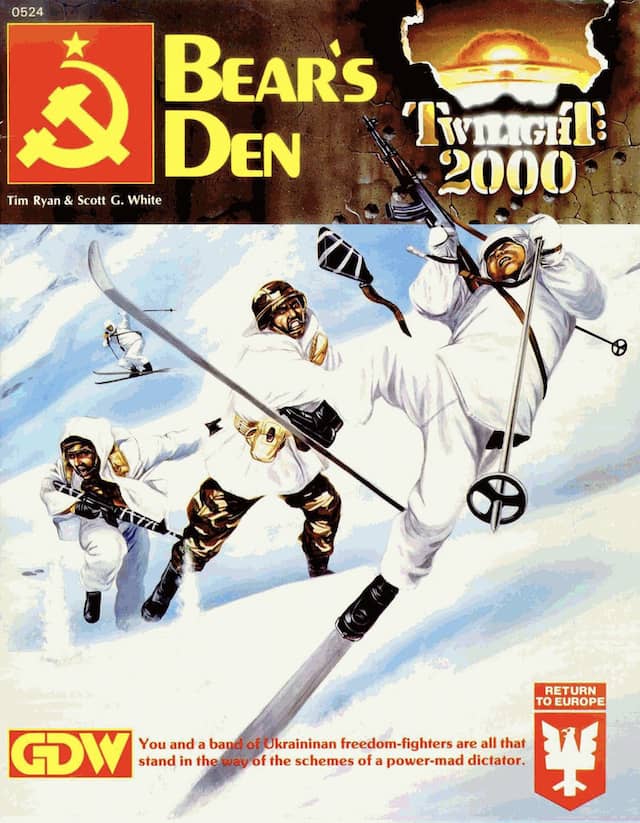
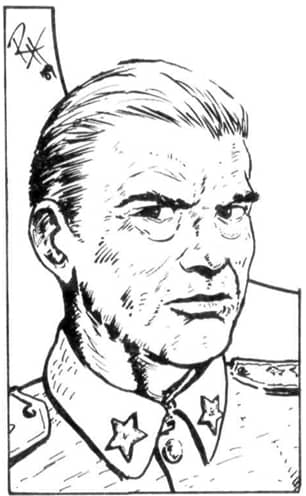
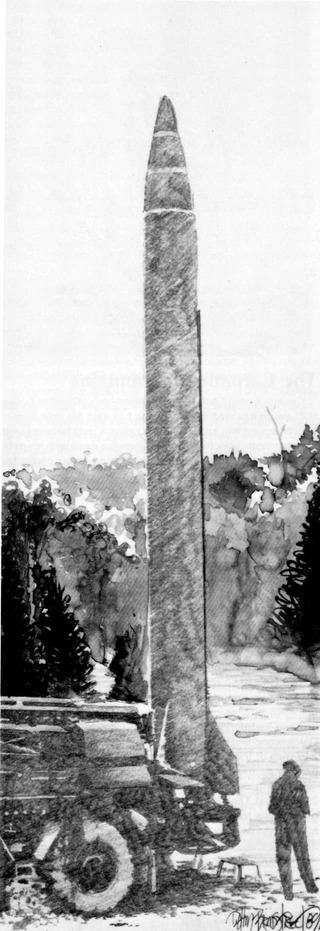
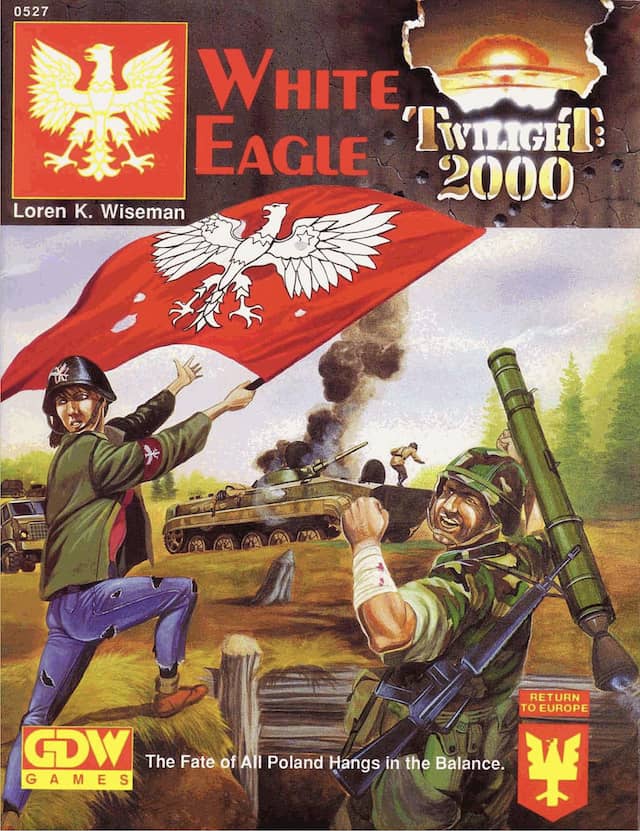
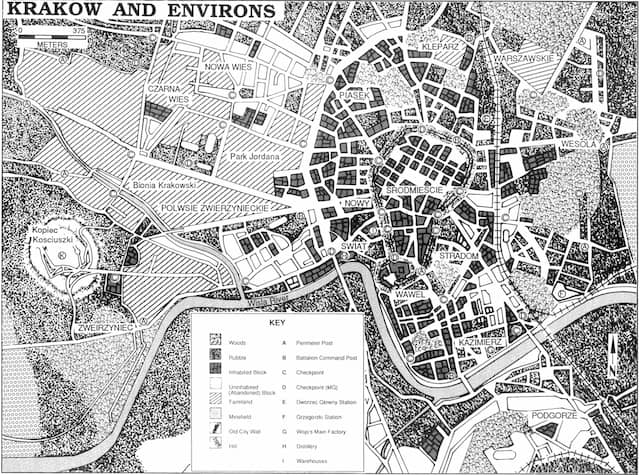
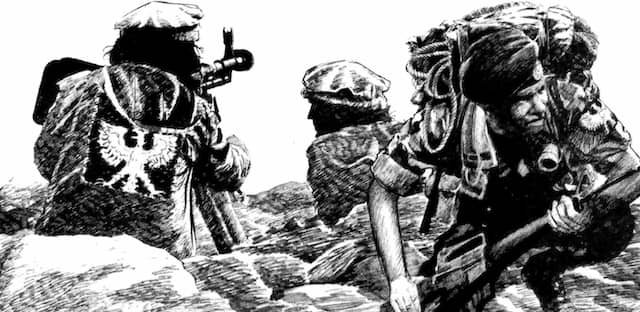
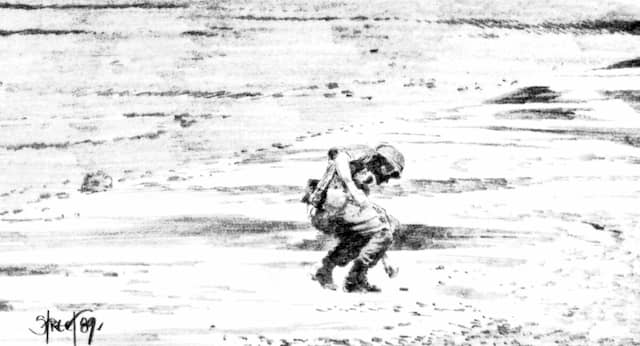
TW2K is an awesome game! The timeline, sadly, seems like we are living the pre-game period. Having said that, it is a great game with a lot of atmosphere and plenty of lore to have all kinds of adventures. Thank you for keeping this alive!